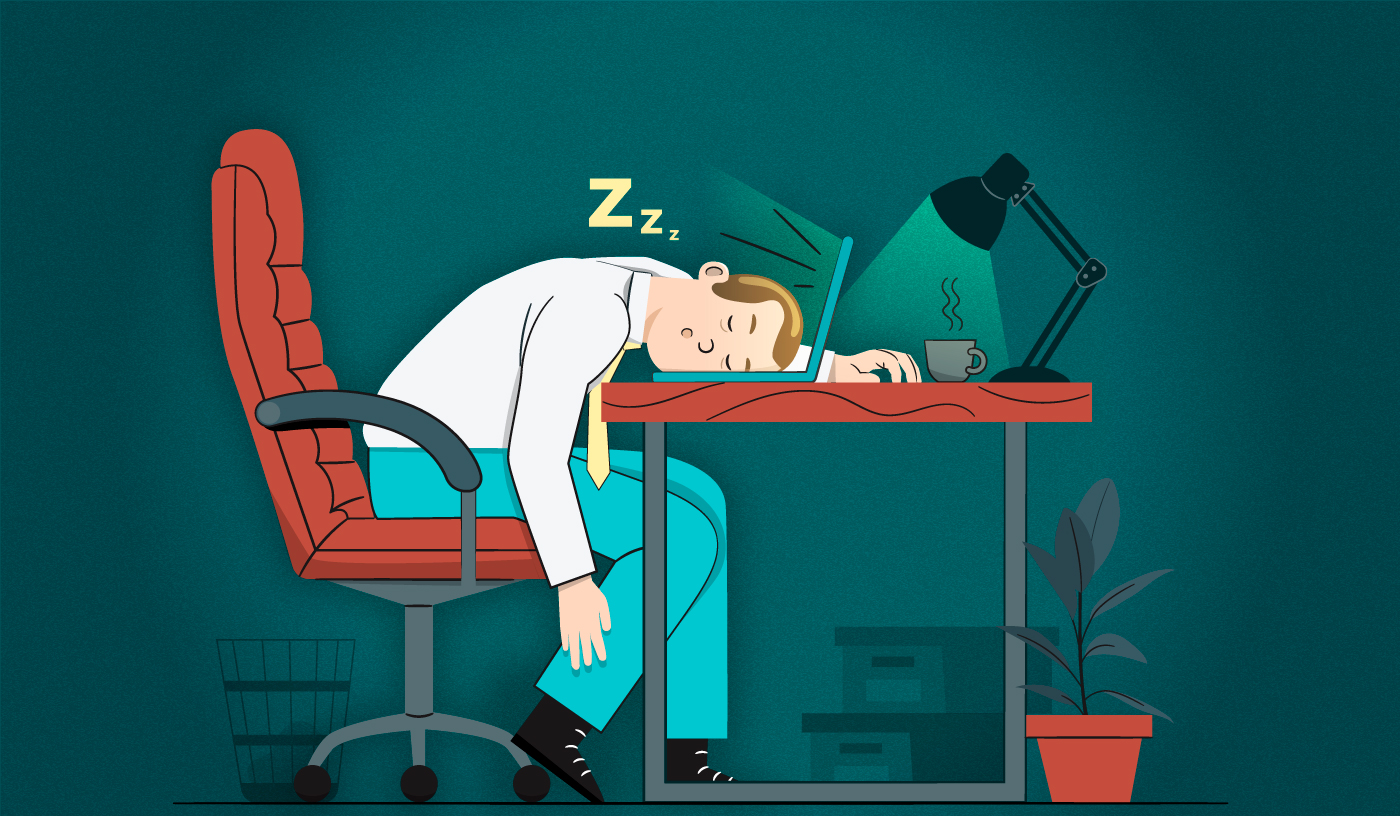MONTHLY NEWSLETTER:
Subscribe and join our community of curious HR Professionals and Managers.
Latest Article
Categories
Quick Links
Applauz Blog
Published: December 8, 2022
4 min read
By: Michelle Cadieux

In 2022, Applauz received thousands of readers eager to learn about engagement, retention, and recognition among other topics.
The year 2022 brought a whole new set of challenges to the workplace. Return to office, hybrid work, post-pandemic stress and burnout, rising costs of living, employees juggling caretaking duties, and more.
Companies had to balance the difficult task of recruiting and hiring in a tight labour market while also working to retain the often stressed and overworked talent they already had.
Then, mid-year, things took a sharp turn – the mass layoffs started, and the labour market seemingly shifted overnight. With so many changes and uncertainties, it's easy to slip into negativity and cynicism.
But I consider myself an optimist. The chaos of this post-pandemic year gave birth to many positive changes.
For example, many workers received significant salary increases; pay transparency laws were enacted; businesses were compelled to prioritize mental health; workplaces became more flexible. It's even becoming more common to see companies operating on a 4-day work week.
These positive changes are the silver lining of the pandemic. And if 2022 proved anything, it's that the trend of disrupting the status quo is still going strong.
It was, as always, an exciting time to write and report on the world of work during this time of collective change and transformation.
That said, here is our yearly round-up of Applauz's most-read articles of 2022. We hope you enjoy reading them and that you learn something new. See you in the new year!
- Michelle
Applauz Content Manager
 29+ Latest Workplace Statistics that Show the State of Work in 2022
29+ Latest Workplace Statistics that Show the State of Work in 20222022 was marked by the importance of listening to employee voices. More than ever, employers are listening in on employee complaints, hoping to improve pain points and help build workplaces where employees can thrive. This mid-year article draws on important research from Mckinsey, Gallup, and American Psychological Association to explore workplace issues today. It was one of our top articles from the year, seems everyone is interested in learning more about the state of the workplace.
 9 Obstacles to Growing Appreciation at Work (And How to Overcome Them)
9 Obstacles to Growing Appreciation at Work (And How to Overcome Them)Implementing new habits is hard. Anyone who has tried to improve their eating, sleeping, or exercise habits knows this too well. We often start with high hopes but inevitably get thwarted off our paths. In the workplace, things are no different. The same thing happens with workplace habits like recognition. This article addresses the common obstacles in adopting workplace habits like appreciation and best practices for HR and leadership to successfully integrate these new practices into their workplaces.
 The Dangers of A Nice Company Culture
The Dangers of A Nice Company Culture"Toxic" company cultures are familiar to us all. In these workplaces, people are overworked by their leaders, and work/life balance is non-existent. Leaders may even engage in harmful actions like bullying and intimidation. But could it be that toxicity doesn't always take on such a conventional form? What lies at the other end of the spectrum? Is it possible to set the bar too low? This article was one of the most popular of the year for a reason: it covers a much less talked about way dysfunctional cultures manifest – through excessive niceness. But like conventional toxic cultures, it can be just as damaging to employee happiness and also a company's success.
 9 Powerful Signs You Are Building a Great Company Culture
9 Powerful Signs You Are Building a Great Company CultureWe all know the signs of an unhealthy workplace. But what about the opposite? We often don't talk about the signs that a workplace is thriving or moving in a positive direction. This article discusses some of the most important signs that a company is building a great culture. This article made it to the top of our list quickly because there's already plenty of information on bad cultures, but not the opposite. Also, it's important to remember that dysfunctional cultures often manifest more subtly, especially in the beginning stages. Ultimately, we believe focusing on the signs of a successful culture is a more effective way to monitor how your culture is doing.
 Real Recognition Examples from Applauz to Inspire Your Recognition-Giving
Real Recognition Examples from Applauz to Inspire Your Recognition-GivingIn this article, we invite you behind the scenes to see how the Applauz team uses Applauz. In this article, we wanted to give readers a few examples of “less conventional” recognition. For example, giving recognition to a leader or giving recognition to someone for their soft skills. But most importantly, what a great recognition message looks like in practice. These forms of recognition are essential to keep a program engaging and exciting for everyone on a team.
 How Great Leaders Give Impactful Recognition by Focusing on Effort Over Results
How Great Leaders Give Impactful Recognition by Focusing on Effort Over ResultsWhat is the anatomy of a strong recognition message? This article answers this question in detail. This article quickly became one of our most popular as struggling with “what should I say” is a classic obstacle many leaders face when striving for greater recognition. This article aims to explain what leaders should focus on when giving impactful recognition, how to achieve it, and most importantly, the benefits of giving such high-quality recognition.
 Why Do So Many Companies Struggle to Improve Employee Engagement?
Why Do So Many Companies Struggle to Improve Employee Engagement?Most companies wish to improve their employee engagement. They may even invest much money and time into programs, initiatives, and activities to improve employee engagement. Even so, these programs often fail to produce results. This article peels back the layers to understand why. We look at the invisible and visible forces that are actively holding companies back from developing great employee experiences and the mental shifts companies have to undertake to overcome these challenges.
 How Lack of Control Drives Employee Burnout (And How to Avoid It)
How Lack of Control Drives Employee Burnout (And How to Avoid It)For most of modern time, companies followed a system that denied employees control over their workday. They mandated when employees should work, what they should do, and even how to do it. They did all this despite psychological research indicating that a lack of control over one's environment can negatively affect one's physical and mental well-being. Status quo and science were at odds. This article dives into the science to show how much lack of control impacts people's well-being and even leads to burnout. But most importantly, we outline the precise steps companies can take to move towards greater flexibility in the workplace.
Category Tags
Employee Engagement
MONTHLY NEWSLETTER:
Subscribe and join our community of curious HR Professionals and Managers.

7675 Blvd Saint-Laurent,
suite 201,
Montreal, QC,
CA, H2R 1W9
7675 Blvd Saint-Laurent, suite 201, Montreal, QC, CA, H2R 1W9
Contact us
1 833 277 5289
Contact us | 1 833 277 5289
Follow us on LinkedIn:
© Copyright 2024. All Rights Reserved